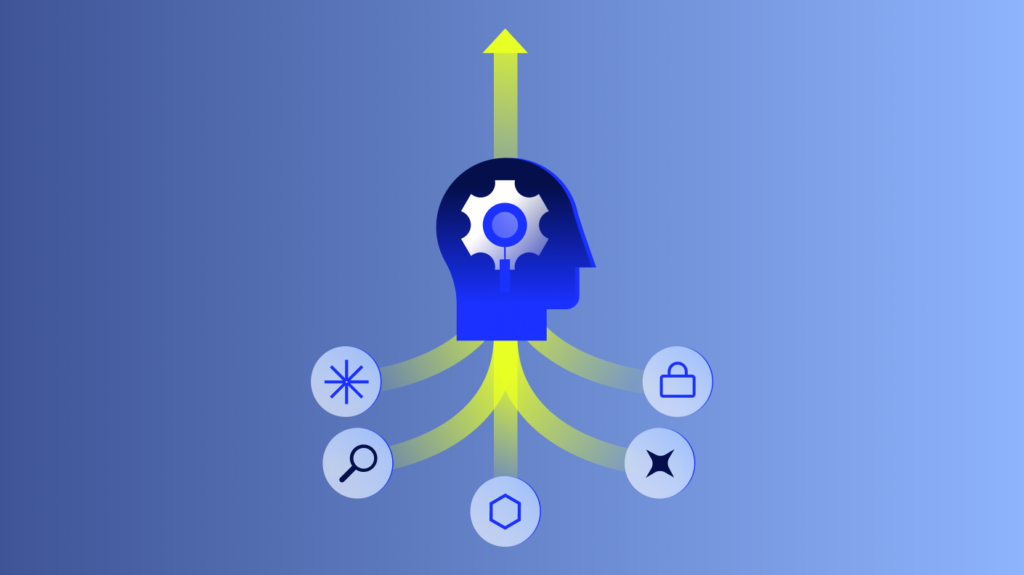In the digital age, where every system event leaves a data footprint, log files are no longer just technical artifacts—they are strategic assets. As organizations scale and diversify their IT landscapes, the ability to extract insight from machine data is becoming foundational to digital transformation, cyber resilience, and operational agility.
This article explores the evolving role of log intelligence in enterprise IT, and why organizations must reframe log management from a maintenance function to a strategic capability.
The Shift from Log Management to Log Intelligence
Traditional log management was reactive: collect logs, store them, and retrieve them in case of incidents. In contrast, log intelligence is proactive, real-time, and insight-oriented. It involves leveraging logs to:
- Predict system failures before they occur
- Surface performance bottlenecks in complex architectures
- Detect anomalies indicative of cyber threats
- Support compliance with ever-evolving regulatory frameworks
- Enable intelligent automation across IT operations
At its core, log intelligence turns operational noise into strategic foresight.
Why Log Analytics is a Pillar of Digital Resilience
Organizations pursuing cloud-native architectures, zero-trust security models, or DevSecOps practices all converge on a common need: real-time observability. Log analytics empowers this capability in five critical ways:
1. Accelerated Root Cause Analysis
By correlating logs across distributed systems, teams can identify the root cause of performance degradations or outages within minutes—cutting down MTTR and preserving customer trust.
2. Early Threat Detection
Through behavioral baselining and anomaly detection, log analytics tools help identify suspicious activities—ranging from unauthorized access attempts to insider threats—well before damage occurs.
3. Audit Readiness and Compliance
Logs provide a verifiable trail of activity, essential for satisfying industry standards such as ISO, HIPAA, PCI-DSS, or GDPR.
4. Scalable Observability
Modern tools ingest and analyze terabytes of log data daily, offering real-time insights without compromising performance or cost-efficiency.
5. Cross-functional Collaboration
By unifying logs with metrics and traces, log intelligence fosters synergy across DevOps, SecOps, and BizOps teams.
Key Enablers: What to Look for in Next-Gen Log Solutions
As the market matures, forward-thinking enterprises are shifting toward platforms that offer:
- Context-rich data correlation to break down silos across applications, infrastructure, and cloud services
- AI/ML-driven insights to automate anomaly detection and prediction
- Cloud-native scalability with cost-efficient storage and indexing models
- Low-code/no-code interfaces for broad accessibility across technical and non-technical teams
- Tight integration with CI/CD pipelines for continuous observability
These capabilities ensure your log strategy is not only reactive but forward-looking.
Innovation in the Field: Leading Solutions Redefining Log Analytics
Several platforms stand out for enabling intelligent observability at scale:
- Elastic Stack offers flexibility for custom log pipelines and is highly favored among engineering-centric teams.
- Dynatrace Grail™ delivers AI-powered log intelligence with unified context across logs, traces, and user sessions—ideal for enterprises focused on business outcomes.
- Exabeam specializes in security-focused log analysis, helping organizations accelerate threat detection and response.
- Splunk Observability Cloud provides real-time, multi-source log correlation designed for SREs and modern application teams.
Selecting the right platform hinges on your transformation goals—be it security, uptime, performance, or innovation velocity.
Strategic Recommendations for Implementation
To institutionalize log intelligence, organizations should:
- Establish a Log Data Governance Framework
Define policies for collection, retention, access, and anonymization to ensure scalability and compliance. - Adopt a “Shift Left” Approach
Integrate logging earlier in the software development lifecycle to support DevSecOps and agile delivery. - Standardize Log Formats Across Systems
Uniformity enables seamless analysis and automation. - Prioritize Use Cases with Tangible ROI
Start with critical applications—like customer-facing services or payment systems—before expanding enterprise-wide. - Foster a Data-Driven Culture
Upskill teams and embed log insights into daily decision-making.
Conclusion
In a world where operational complexity is the new norm, log intelligence is emerging as a competitive differentiator. It enables organizations not only to maintain system health but to drive innovation, agility, and trust.
By elevating log analytics from a technical function to a strategic discipline, forward-looking enterprises can future-proof their operations and lead with confidence in a data-first world.

